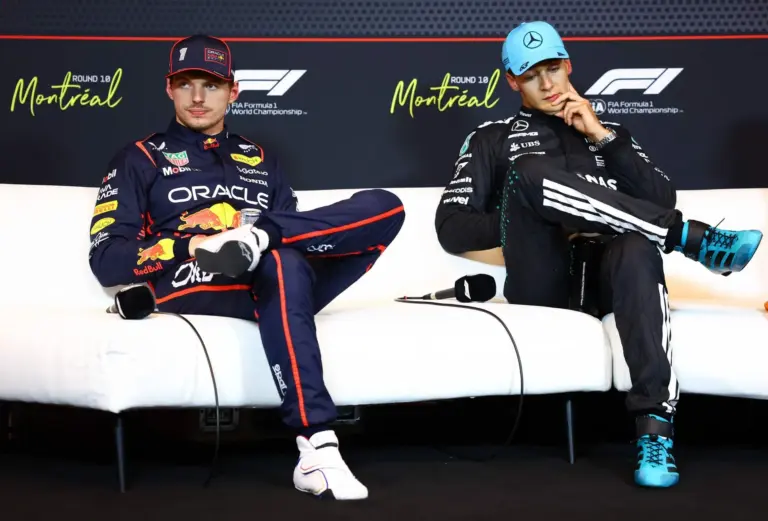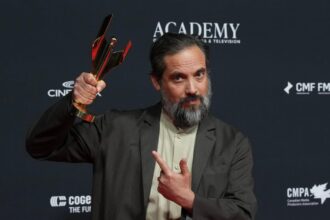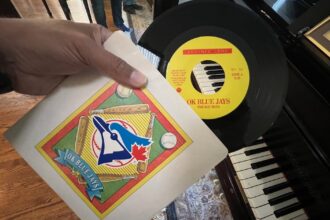The moment you step onto the cobblestone streets of Old Montreal, the melodic cadence of French conversations envelops you like a warm embrace. Montreal—this magnificent island city where North American practicality dances with European romance—stands as perhaps the most fascinating cultural experiment on the continent. As someone who has spent years documenting the pulse of this city, I can attest that Montreal’s francophone heritage isn’t merely preserved; it thrives, evolves, and constantly reinvents itself in surprising ways.
What makes Montreal’s francophone culture so distinctive is its resilience. Unlike the carefully preserved cultural artifacts you might find in museums, Montreal’s French identity lives and breathes in everyday life—from the corner boulangeries where locals debate politics over café au lait to the innovative theater productions that push linguistic boundaries. This is no cultural relic; it’s a living ecosystem that has weathered centuries of political tension, economic shifts, and globalization pressures.
The story of francophone Montreal cannot be separated from Quebec’s complex relationship with its linguistic identity. The Quiet Revolution of the 1960s transformed a once-religious, traditional society into a progressive, secular one, while simultaneously strengthening French linguistic pride. This period saw the birth of Bill 101—Quebec’s landmark language law that cemented French as the province’s official language. Today, walking through neighborhoods like Le Plateau-Mont-Royal or Rosemont, you’ll witness the lasting impact of these policies in the French-first signage, education, and business operations.
Yet what fascinates me most about Montreal’s cultural landscape is how it defies simplistic categorization. The francophone culture here isn’t simply imported from France—it’s distinctly québécois, with its own expressions, artistic traditions, and cultural references. Local musicians like Coeur de Pirate and Hubert Lenoir create soundscapes that are unmistakably Montreal, blending French lyrics with North American musical influences. Their success demonstrates how language barriers can be transcended through cultural authenticity.
The city’s numerous festivals showcase this cultural fusion brilliantly. Les Francofolies de Montréal, one of the largest francophone music festivals globally, draws over a million visitors annually. Meanwhile, Just For Laughs (Juste pour rire) hosts both English and French comedy shows, reflecting the city’s bilingual nature. These events aren’t merely entertainment—they’re cultural statements about Montreal’s ability to preserve its French roots while embracing global influences.
Culinary experiences perhaps best exemplify this cultural hybridity. Traditional québécois cuisine—with its hearty poutines, tourtières, and maple-infused delicacies—shares restaurant rows with innovative French-inspired gastronomy. Chefs like Normand Laprise at Toqué! have created a distinctly Montreal culinary identity that honors French techniques while embracing local ingredients and multicultural influences. This gastronomic evolution mirrors broader cultural trends in the city—respectful of tradition yet unafraid to innovate.
The literary scene further illuminates Montreal’s unique cultural position. Writers like Michel Tremblay, whose plays and novels capture the working-class joual dialect of Montreal, have created works that are simultaneously deeply local and universally relevant. Meanwhile, the thriving translation industry serves as a cultural bridge, making francophone literature accessible to English readers and vice versa. This literary exchange creates a fascinating cross-pollination of ideas that enriches both linguistic communities.
What many outside observers miss about Montreal is how its language dynamics create a distinctive creative energy. Artists, musicians, and entrepreneurs often cite the friction between French and English as a catalyst for innovation. This productive tension generates cultural spaces where conventions are questioned and new forms emerge. The multidisciplinary arts center PHI Centre exemplifies this spirit, hosting cutting-edge exhibitions that frequently explore linguistic identity and cultural belonging.
The education system plays a crucial role in sustaining francophone culture while adapting to contemporary realities. French-language universities like Université de Montréal and UQAM produce research and artistic work that contribute to global knowledge while maintaining Quebec’s distinct cultural perspective. These institutions serve as incubators for the next generation of francophone intellectuals, artists, and professionals who will continue to shape Montreal’s cultural landscape.
Digital media has created new opportunities and challenges for francophone expression in Montreal. Online platforms have allowed québécois content creators to reach wider audiences, while simultaneously exposing local consumers to global French-language content from Europe and Africa. This connectivity has sparked interesting discussions about what constitutes authentic québécois culture in an increasingly interconnected world.
As Montreal looks toward the future, questions about linguistic preservation and cultural evolution loom large. Will increasing immigration and globalization dilute the city’s francophone character, or will they enrich it with new influences? Can the delicate balance between French linguistic protection and multicultural inclusion be maintained? These aren’t merely academic questions—they’re lived realities for Montrealers navigating cultural identity in their daily lives.
What remains undeniable is that Montreal’s francophone culture offers a fascinating case study in cultural resilience and adaptation. In a world where globalization often flattens cultural differences, Montreal demonstrates how linguistic uniqueness can be preserved while remaining open to the world. Perhaps this is the city’s greatest cultural achievement—not merely surviving as a francophone island in an anglophone sea, but thriving as a dynamic cultural ecosystem that continuously renews itself.
For those seeking to understand the complexity of cultural identity in our globalized age, Montreal offers no simple answers—only beautiful contradictions, rich experiences, and the living proof that language can be both a boundary and a bridge. In this cultural mosaic, the future of francophone expression isn’t merely preserved; it’s being reimagined every day.










